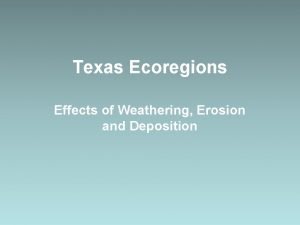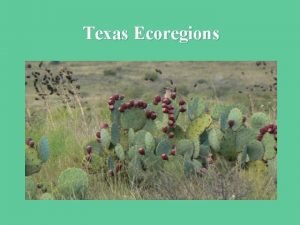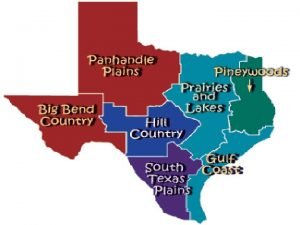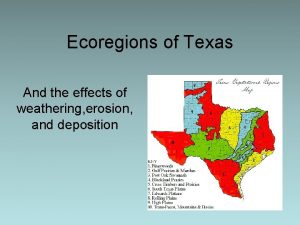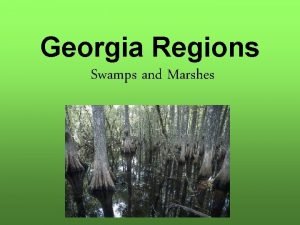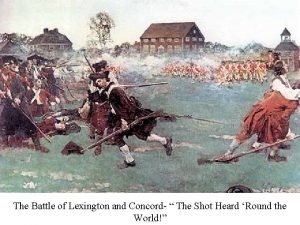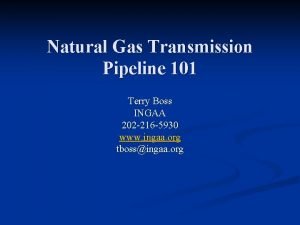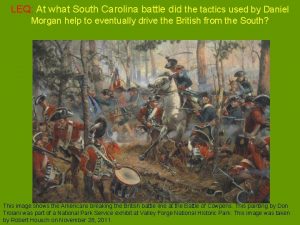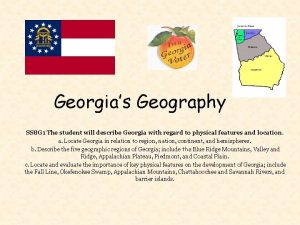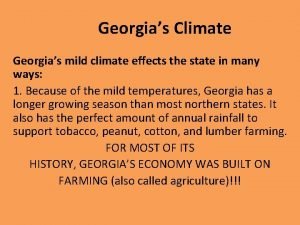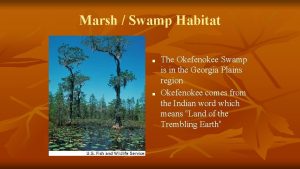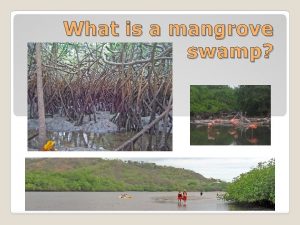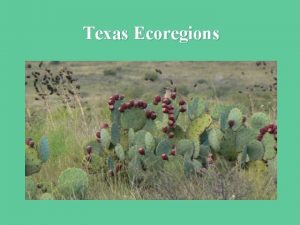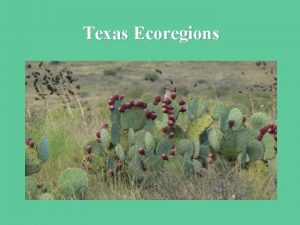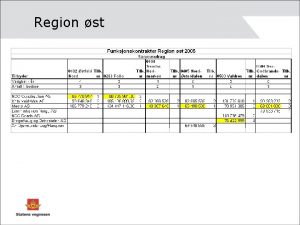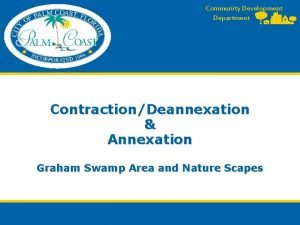Piney Woods East Texas region Characteristics swamp area














- Slides: 14



Piney Woods East Texas region • Characteristics: swamp area • a thick forest of pine terrain rolling with lower, wetter bottomlands that grow hardwood trees such as elm, mesquite and ash • Regional Average Rainfall: 40 -52 in. /yr

Oak Wood & Prairies north central and central Texas • Regional Average Rainfall: 26 -40 in. /yr • Temperature ranges from 63 to 70 o. F Patches of woodland running in a north and south direction are sprinkled throughout this grassland prairie • sometimes called “cross timbers” because these patches of treed areas cross strips of prairie grassland. The land is gently rolling to hilly.

Blackland Prairies from the Red River on the north to near San Antonio in south Texas. • The climate is warm temperate to subtropical and humid. • Precipitation ranges from 762 mm on the western edge to 1, 016 mm on the east. • dominated by tallgrass prairie on uplands. Deciduous bottomland woodland forest were common along rivers and creeks

Gulf Coast Prairies & Marshes Gulf of. Mexico from the Chandeleur Islands in Louisiana, along the Texas shoreline and down to Rio Soto la Marina in. Mexico • Know for it’s flat plains • characterized by long and continual confrontations with the sea, wind and rain • shallow bays, estuaries, salt marshes, dunes and tidal flats • Annual precipitation ranges from 25 to 55 in • Temperature averages 68 to 70 o. F

Coastal Sand Plains • composed of grasslands and coastal oak motts intermixed with mesquite, granjeno and salt marshes • Average • annual rainfall is 24 to 28 inches per year

South Texas Brush Country • average annual rainfall of 20 to 32 inches increases from west to east • Summer temperatures are high, with very high evaporation rates • Mesquite, acacia, prickly pear, lotebush, granjeno, white-brush, • well known for producing trophy-class whitetailed deer • most biologically diverse habitat in Texas, as tropical, grassland desert species all inhabit this thorny shrubland in ecological harmony.

Edwards Plateau central Texas commonly known as the Texas Hill Country • Lots of deciduous forests • land of many springs, stony hills, and steep canyons • Average annual rainfall ranges from 15 to 34 inches • characterized by grasslands, juniper/oak woodlands, and plateau • live oak or mesquite savannah.

Llano Uplift • Rainfall averages about 24 to 32 inches per year • Native vegetation consists of oak-hickory or oak-juniper woodlands, mesquite-mixed brush • savannah, and grasslands

Rolling Plains • Average annual rainfall is 20 to 28 inches • described as a • mesquite-shortgrass savannah Crop and livestock production are the major agricultural industries in this region

High Plains • the southern end of the Great • Plains of the central United States. Average annual rainfall is 15 to 22 inches • Native vegetation of the High Plains is shortgrass prairie dominated by buffalo grass. • plains are mostly irrigated cropland the native • vegetation includes more mesquite and juniper

Trans Pecos • Abundance of rattle snakes • extreme western • part of the state eastward generally to the Pecos River • average annual rainfall is less than 12 inches • plant communities are creosote-tarbush desert scrub, desert grassland, yucca and • juniper savannahs, and montane forests of pinon pine and oak

Marine Environmnet
 Piney woods
Piney woods Erosion in the piney woods
Erosion in the piney woods South texas plains plants
South texas plains plants Piney woods texas average temperature
Piney woods texas average temperature Coastal sand plains weathering erosion and deposition
Coastal sand plains weathering erosion and deposition Georgia swamp and marsh region
Georgia swamp and marsh region Llano uplift weathering erosion and deposition
Llano uplift weathering erosion and deposition Swamp food webs
Swamp food webs Death swamp the most dangerous game
Death swamp the most dangerous game What does the swamp represent in the devil and tom walker
What does the swamp represent in the devil and tom walker Swamp fox francis marion
Swamp fox francis marion Terry boss
Terry boss Swamp fox francis marion
Swamp fox francis marion Okefenokee swamp
Okefenokee swamp Georgias climate
Georgias climate
